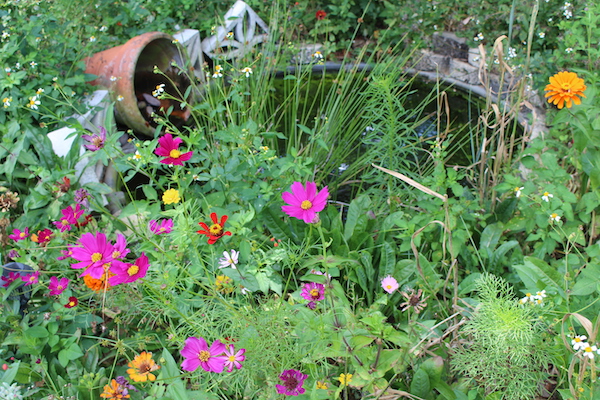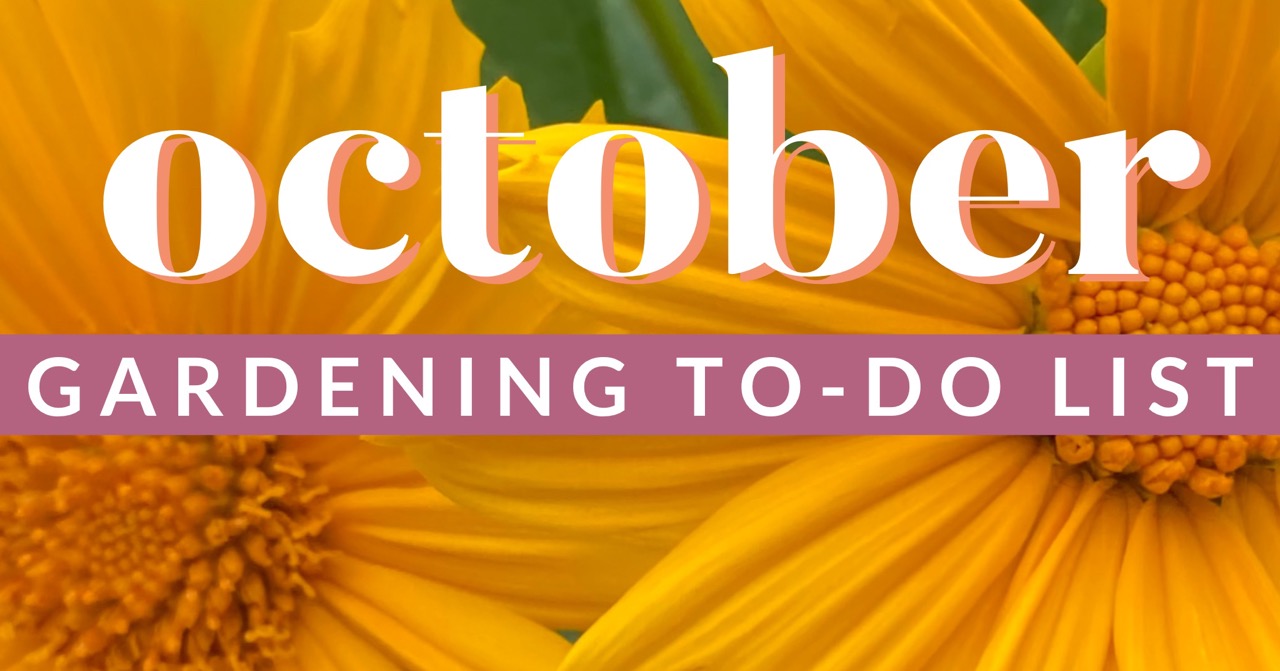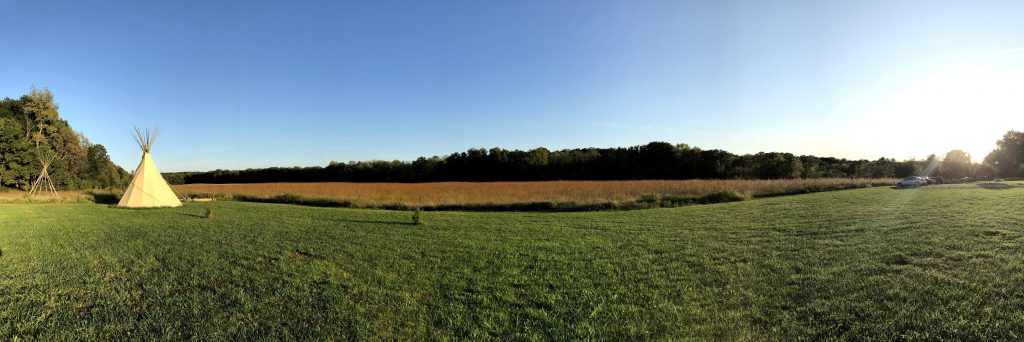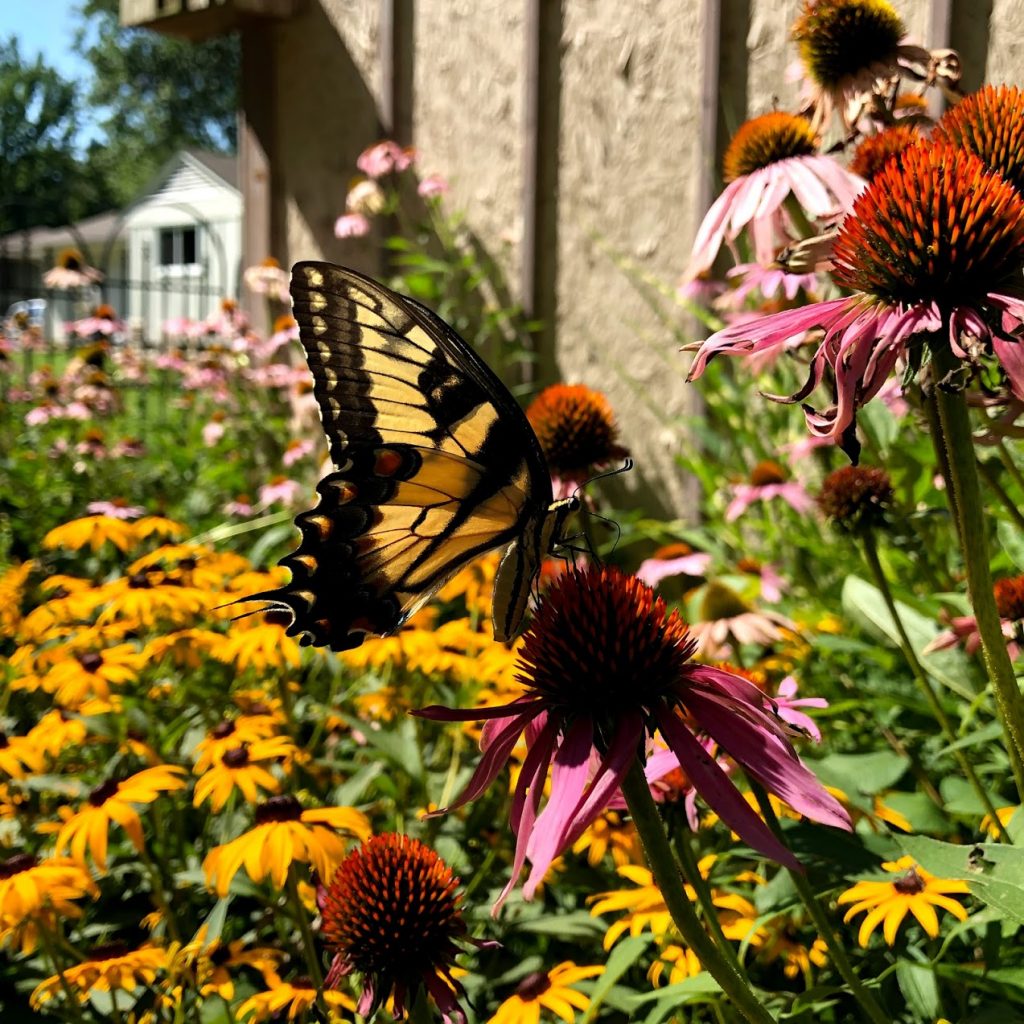What to do on your property in June?
What should I be doing in my garden in the month of June if I live in a subtropical climate (Zones 9-11)? This is the list for you!
Looking for a list for USDA Zones 3-8, click here.
The rainy season has begun, especially in Florida, so it’s time to shift from annual vegetable gardening to a focus on the food forest. In essence, put your gardens to “bed” by using a cover crop like annual clover OR sunn hemp to help repair nitrogen and add biomass. Instead, focus now on fruit trees, berry bushes, and nut trees! This is a fantastic time to add some new tropical spinaches and edible hibiscus to your collection too!

In the Garden
- Summers in Subtropics: Remember, this is the season that is like winter for most of the country. Our best growing time for traditional garden veggies is essentially wrapping up. Although it “can be done”, it’s likely better to focus on the food forest than the annual vegetables during the hot summer months. Plant your sunn hemp in your annual garden beds and let them grow until August, at which time you can till it under to add nitrogen and biomass to your soil. Then you’ll be ready for September vegetable season again.
- Planting: Summer peas, okra, and sweet potato. You can also try and plant Seminole pumpkins now, but it’s a risk. It is also still a good time to plant ginger and turmeric – but I would not wait until the end of the month. Get them in the ground as fast as you can.
-
Harvesting: This month, you can harvest the pumpkins and squash from this winter, green beans, and the last bit of the cucumbers. It’s also prime time for tropical greens! This last week, I was harvesting the Dwarf Everbearing Mulberry and making jams and syrups to can for later. I also tried a new pepper this year from “Seed the Stars” called a Dew Drop Pepper, and had wildly great results with them. Most of those were canned up this week, but they are still yielding like crazy. In fact, I have also used seeds from Seed the Stars for growing Seminole Pumpkins, Everglade Tomatoes, and butterfly pea as well.
-
Tropical spinaches: Some favorites (especially in Florida) are: longevity spinach, Okinawa spinach, Suriname spinach, and Brazilian spinach. These are high producers all summer long!
-
Tomatoes: Most of the larger tomatoes are finishing up for the summer in the hot climates, so if you are wondering why they look so sad… that’s totally normal. The best (if not the only) tomato that does well in the summer in warmer climates is the Everglade tomato. It’s a gorgeous little cherry tomato that will fruit most of the summer and is very disease resistant. It’s excellent on salads, canned in salsa, or eaten fresh. As for your other tomatoes… let them go and focus on other things.
- Plant Cover Crops: One of the best cover crops in hot climates is called Sunn Hemp. It’s in the legume family (as opposed to the other hemp) and not only repairs nitrogen in the soil, but is also a massive biomass accumulator. If you plant it now, it will be 6-9′ tall before August, at which time it can be chopped and dropped or even buried and composted in place in the garden. For a FREE growing guide on Sunn Hemp, email permaculturefx@gmail.com
- Managing powdery mildew: In warmer tropical climates, this is the time of year when powdery mildew really starts getting wild. When you see the initial signs, spray immediately with neem spray (buy 100% need on Amazon and then dilute with water and some Basic H to emulsify). Spray in the early morning well before the heat of the day, preferably on an overcast day. Follow up in 2-3 days with a probiotic spray like BioAg by SCD Probiotics. Repeat the following week, if necessary. If this doesn’t help, it’s actually better to remove and burn the plants so it doesn’t spread. Remember, the spores will stay active in your soil, so it’s important to catch it early and remove / burn the spent plants.

GARDEN TIP
Plant nasturtiums around the garden and in the food forest. They are a two-fold insectary plant. First, they will attract the good insect and pollinators, especially the braconid wasps (which defend against the bad guys). Secondly, they are an insect trap for aphids, so if you see your nasturtiums covered…. consider them a sacrificial crop to protect your veggies. In hot climates, they appreciate part shade in summer months and sun in the winter.
In the Greenhouse
- Shade Cloth: We are essentially finished with the “Greenhouse” season, but if you have a shade cloth, you can actually open up all the windows now and put the shade cloth over the top. This will allow you to start micro-greens and other tropical plants (like Vanilla beans and orchids). If using a shade cloth, you can also use the opened greenhouse for your indoor plants to give them a season outside. Just be sure to pay attention to your watering schedule.
- Clean and sterilize the plastic pots used this winter / spring. Stack and store them.
- Set mouse traps to control critters.
- Hang fly traps to control aphids, flies, and other pests.

In the Food Forest
- Get a plan: Summer is an ideal time for planting in the food forest, because rainy season will make sure everything is well taken care of for you. Consider getting a private property consultation with us to help you design your yard. We will tell you where to plant, what specific varieties, how to plant them appropriately, and give a guide on how to maintain your food forest. Click here to read about our new property consultation types! We also offer drive thru consultations now, which are ideal for follow-up visits from folks who already have an existing plan in place.
- Plant fruit trees and berry bushes: This month, think about planting avocados (there are so many great varieties), mangos, strawberry trees, tropical cherries, guava, and other tropical trees. This will allow them to have 7 months to “root in” and establish themselves before it gets cold. Summer is a perfect time to start that food forest… just make sure you have a plan first.
- Compost and wood chips! In places like Florida, the rule of thumb is to fertilize (especially via compost or manure) every March, (early) June, and September. This month, it’s highly encouraged to refresh your wood chips as well, which helps prevent soil sterilization during the hot sunny months. Some species (like Avocado, Citrus, and Mango) can have some compost this month, but organic fertilizers should wait until September when fruit are NOT on the branches. For a FREE planting guide for new fruit trees or how to layer mulch around existing trees, click here.
- Important Fertilization Tips: Only fertilize at the beginning of this month using compost, bone meal, kelp, or composted manure (like black kow). Do NOT use chemical or synthetic fertilizers under any circumstances and absolutely STOP fertilizing your yard for the summer. Adding nitrogen heavy and synthetic fertilizers are known to highly increase the risk of toxic algae blooms. So, please do your part and only fertilize this month using whole ingredients, like those listed above. Do NOT fertilize the second half of the month – no exceptions. Though it might be “permissible” for your trees, it has a much more damaging effect on our local ecosystems – so compost ASAP or wait until September.
- Ground cherry seedlings (or Cape Cod Gooseberry) can go into the ground now. Plant them around the base of fruit trees to provide shade for the root systems, but allow enough light to get through to produce a harvest. These will often self-seed, so plant in an area where you are ok with them spreading. The taste of these berries is incredible, you will not regret planting them! Not to mention, they are packed with vitamin-C.
- Herbs around fruit trees: Woody and smelly herbs are great at two things: keeping pests away (deer and bad bugs) and attracting native bees for pollination. Wait, I lied… three things. They are also a great ground cover under the young fruit trees. Plant yarrow, bronze fennel, dill, oregano, thyme, chives, or garlic chives in clusters around the base of each fruit tree. Let them spread and grow wild.
- Harvest elderberry flowers: If you are making elderflower tinctures, teas, or wine – now is your time to harvest! Make the good stuff when flowers are at their peak.
- Apply late spring foliar spray, if you have not done so already. It’s also a good time to try and get some elderberry cuttings for propagation.
- Do NOT prune fruit trees! Never prune during the warmer months… wait until they go dormant. While the plant is sleeping, the sap slows down and the weather is often drier, which helps prevent bacterial and fungal infections.


Enjoy Flowers in bloom
Though this isn’t exactly the best time to plant native perennials, it’s a great time to enjoy the ones you started earlier. If you decide to plant anything this time of year, remember to check their water needs and mulch heavily. Never water until the soil has had the chance to try out for a day. If in doubt, finger check the soil down to your big knuckle.
In the Shed
- Tool Check: Now that your tools are up and running, give them a check over before the summer months hit. 1 – Check oil levels. 2 – Check air filters. 3 – Add a bit of Seafoam to the gas to help clean things out a bit. Reoil your metal tools to prevent rust.
- Make sure all outdoor tools and equipment are covered when not in use. In places like the South Eastern US, we are entering the rainy season and moisture is hard on equipment. If you cannot store them in a shed, make sure they are covered with a tarp when not in use.
- Set mouse traps and keep any animal feed sealed and contained.
- Make a tool cleaning bucket: Fill bucket with sharp play sand. Add oil motor oil, cheep cooking oils, etc until the sand is “damp”. Stab shovels, hoes, pitch forks in and out a few times to clean off dirt and give the metal a nice oiling to keep them from rusting after each use. Garden spades and trowels can be kept in the sand bucket when not in use. Obviously, do NOT put pruners or tools with gears in the sand. There is a tutorial video for this in Patreon.
Poultry and Livestock
- Poultry: Many folks who bought/hatched spring chickens are now free ranging their birds. They are not laying yet, so do NOT give them calcium. Stay on an organic grower feed until the first eggs arrive. My preference is a high protein feed with lots of seed varieties. Personally, prefer to mix and ferment my own feed. Here’s my recipe.
- Quail: It’s starting to get hot, to be sure to keep their water filled at all times. It helps (once a week) to add a tsp of apple cider vinegar to their waterer. It will keep them healthy and active. As you weed the garden, you can also give them an occasional worms and weeds for additional goodness in their diet. Their cooing and songs will be as nice of a reward as the healthy eggs they will produce.
- Deworming: Use 1 tablespoon of Basic H in a 5 gallon waterer (1 tsp per gal) for chickens. Add 1.5 cups to a 100gal waterer basin for cattle and horses. Available in bulk (much cheeper for farm use) This should be their only water source for two days.
- Disinfect: Use Basic H to clean coops, animal areas, waterers, feeders, etc. This is a great time to power wash the barn, shed, and garage as well.

Around the House
- Put out summer bird seed and feeders. This is an excellent way to help with insect control around the garden. For more information on bird seed selections and food forest benefits, watch this IGTV video.
- Keep South and West facing shades closed during the day time in order to block out the hot sun.
- Open up the windows (on cooler nights) to help air out the house and let in fresh air.
- Replace HVAC air filters and clean out the vents with a shop vac.
- Power wash cement, walkways, sides of house, shutters, wood decks, and outdoor furniture.
- Clean outdoor windows and doors (I use Basic H for this).
- Apply UV protectant to your recreational vehicles (boats, car interiors, RV’s, decals, etc.)

In the Perennial Flower Beds
- Transplanting: Now is NOT the time to transplant, unless you see rain in the forecast for the next week. Otherwise, wait until we are fully in the rainy season and have a few cloudy days in the forecast.
- Compost! Now is the last chance to compost your perennial wildflowers before fall, so if you want to increase your summer blooms then go ahead and do that now. It’s also a great time to water using an organic fish emulsion / sea kelp blend. Your potted plants will REALLY appreciate this.
- Cut back mums: Yeah, go to town. Cut them back quite a bit. Leave only about 1/3 of the plant. You do NOT want this to develop buds yet, so if you see them forming again – give it a hair cut.
Ideas for Kids
- Make Walking Sticks: Older kids can carve the bark off sticks to make them smooth, but younger kids can paint with acrylic paints. Be sure to clear coat spray them when finished so the paint doesn’t come off later. Put the walking sticks on the porch so they are on-hand for every adventure.
- Take a food forest tour: Visit places like A Natural Farm, Momma G Farms, Bamboo Leaf Tea, or the Reid Farm. Bring the kids for an amazing hands on experience.
- Visit a botanical garden: Some of our favorites include Bok Tower and the Harry P. Leu Gardens.
- Make Butterfly Pea Flower tea! Google it… because it’s a magical color changing experience that tastes like Kool Aid. Seeds are available on Etsy from a company called “Seed the Stars”.
- Plant a sweet almond bush. This is (by far) one of the best smelling pollinating plants in all of Florida. Though it’s not native here, it’s a butterfly hit and performs very well in our climate. The almond smelling flowers produce year round, and the large bush needs NO winter protection.
Keep Learning and Growing
As you continue to spend time in the garden and food forest, consider subscribing to a new podcast or Youtube Channel to help you keep learning. If you are interested in digital classes, MP3’s, videos, and PDF’s, you might consider joining us on Patreon. We now have a FREE 7-day trial to see if it’s a good fit for you. But at the end of the day – just keep learning and growing on the go!
Patreon is a homestead mentorship program that gives you real-time access to Kris as your farm consultant. You’ll have access to the full library of classes (depending on membership level) and can even download the PDF library of documents. Let’s keep learning and growing together.
________
NOTE: If you are interested in having an in-person or digital consultation for your property, we are now offering these at discounted prices.








































